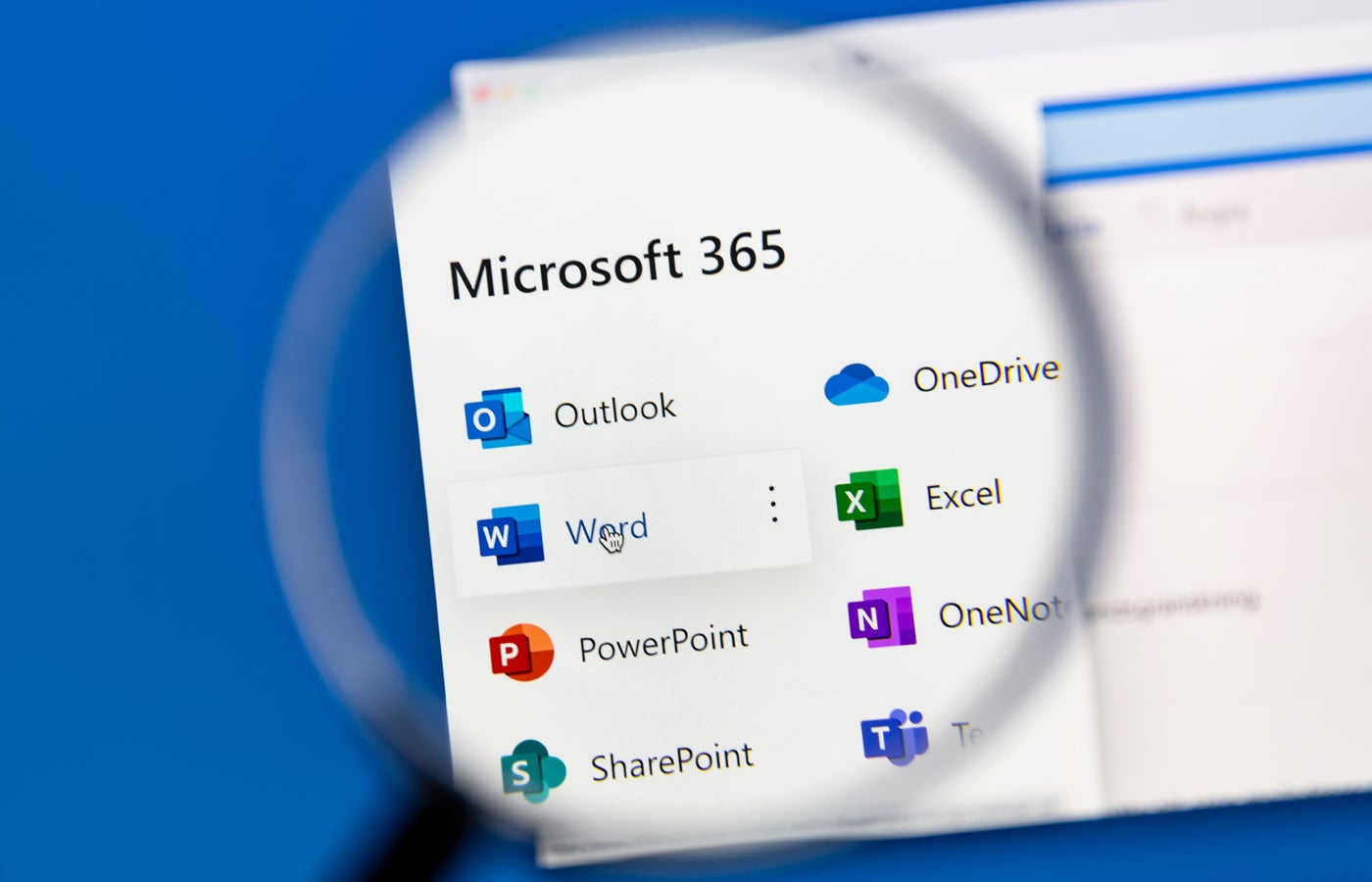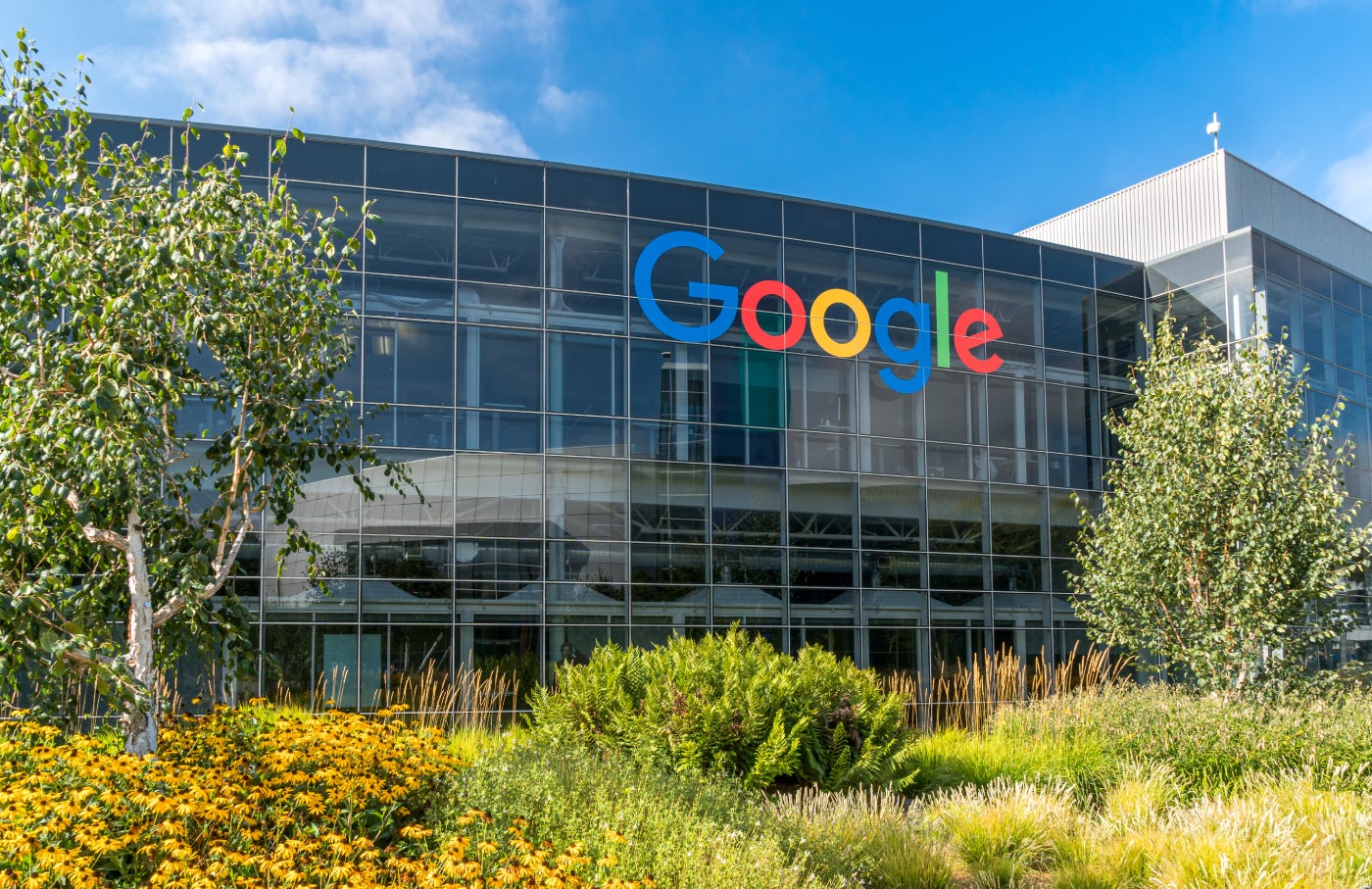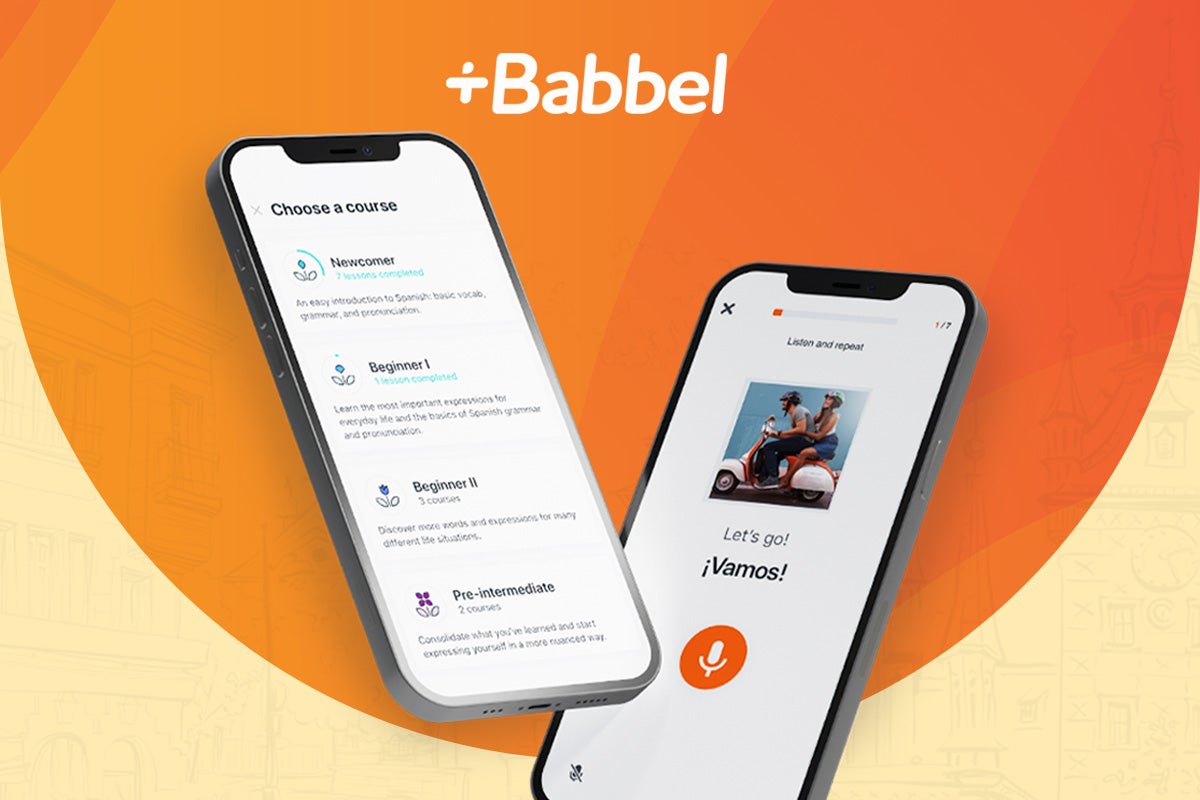The hype around generative AI may be starting to cool down, according to a new report from Slack.
The survey of more than 17,000 desktop workers worldwide, released on November 12, revealed a disconnect between AI aspirations and adoption rates. The report focused on obstacles to the adoption of AI in the workplace and how leaders can clarify questions about it. The slight drop in global interest is notable after almost a year of increased enthusiasm around AI.
“AI adoption is not just about businesses, it's about employees as well,” Christina Janzer, director of Slack's Workforce Lab, said in a press release. “As trust around AI is falling, companies must help employees accelerate their AI journey and address the cultural and organizational obstacles that stand in their way.”
AI may not be meeting expectations
Slack saw a steady rise in AI adoption from September 2023 to March 2024. At its peak in March 2024, about a third (32%) of desktop workers surveyed had used AI to do their jobs. This percentage began to show a decrease or plateau in the last three months.
Specifically:
- The United States saw just one percentage point growth in AI use, from 32% to 33% of desktop workers.
- “Enthusiasm” for AI helping with work tasks among global workers fell 6%.
- Enthusiasm for AI fell 9% in the last three months in the US.
- Enthusiasm for AI fell 12% in the last three months in France.
Nearly all (99%) of the executives surveyed say they will invest in AI this year.
Nearly half of employees would feel uncomfortable disclosing their use of AI to managers.
While some companies create top-down initiatives to encourage the use of AI, many employees are reluctant to share their use of AI: 48% of survey participants said they would feel uncomfortable telling their managers that they use AI. They feared that the use of AI would be perceived as cheating, a resource for the less competent, or laziness.
In particular, Slack asked participants if they would feel uncomfortable sharing their use of AI with their manager, and not if they felt uncomfortable using AI at all. Respondents who are comfortable sharing that they use AI at work are more likely to use it. Still, underlying fears are reflected in both the technology and the company culture.
SEE: AI can introduce security risks for organizations and security teams.
In general, the use of highly publicized technologies tends to stabilize over time. Slack noted that potential accusations of “laziness” and “cheating,” the perception that AI is “not yet living up to expectations,” and a lack of training in the use of AI are the main factors affecting employee views on technology.
Employees are concerned that AI won't reduce administrative tasks
AI advocates have long argued that the technology helps businesses by automating routine tasks, thereby freeing up time for meaningful activities that support an organization's bottom line. However, the Slack report indicated that organizations have not seen a reduction in administrative tasks in recent months. Instead, many employees suspect that AI could lead to more drudgery and a greater workload.
“Employees are concerned that the time they save with AI will actually increase their workload, and leaders expect them to get more work done, at a faster pace,” Janzer said. “This presents an opportunity for leaders to redefine what they mean by 'productivity,' inspiring employees to improve the quality of their work, not just the quantity.”
When asked what they would want to do with the time saved by AI, participants said they wanted time to engage in non-work activities and develop skills. But when asked what they would likely do with extra time, people listed administrative tasks and additional work on existing projects.
How team leaders who want to promote AI can change their minds
Slack, which has its own AI assistant, recommends managers who want to promote AI:
- Conduct AI-related team building exercises.
- Make the use of AI and its benefits visible to the entire organization through convenient communication channels.
- Model the use of AI in managers' own work, as appropriate.
- Focus on skills development and training on how to use generative AI.
- Redefine what productivity means, linking goals to innovative or creative work projects to incentivize AI heavy lifting.
- Remember that AI cannot replace real human connection. Get closer to your team's connections and the ways people “intentionally” ask each other for help.
Slack also recommended that organizations train their employees to use AI through short, impactful sessions, also known as “microlearning.”
“AI training programs don't have to be drudgery,” said Chrissie Arnold, director of future of work programs at Workforce Lab. “At Slack, we've seen some pretty amazing results with just 10 minutes a day of AI microlearning. AI.”










